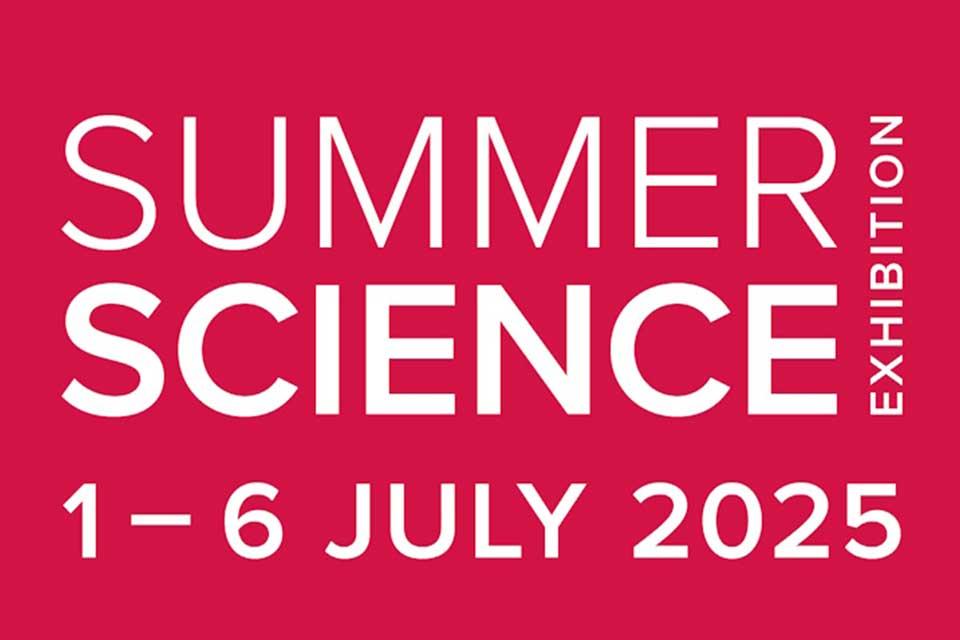The Department of Physics is taking part in the Royal Society’s Summer Science Exhibition 2025 from 1-6 July. The annual free celebration of cutting-edge science takes place at the Royal Society in London and invites people of all ages to find out more through interactive exhibits, hands-on activities and informative talks.
‘We have been part of the Royal Society’s Summer Science Exhibition for many years now and it is such a brilliant opportunity to share our research with others – and it’s always a lot of fun!’ comments Dr Sian Tedaldi, Outreach Programmes Manager. ‘This year we are involved in two of the 13 flagship exhibits: The Quantum Zone and Unveiling the Universe. Experts from our department will be on hand to talk to people about what a quantum future might look like or exploring the cosmos in unprecedented detail with the Square Kilometre Array Observatory. It is a really inspiring day out and we are delighted to be part of it.’
Unveiling the Universe with the SKA Observatory
The world’s most powerful radio telescopes are being built in South Africa and Australia. Their job? To unlock the Universe’s deepest mysteries. The two arrays of antennas – 197 large dish antennas in South Africa and more than 131,000 low-frequency wire antennas in western Australia – will cover the entire range of radio frequencies with unprecedented sensitivity, resolution and sky coverage.
Physicists at Oxford have been central to the design effort for the Square Kilometre Array (SKA) since its inception, and are currently leading work packages in several areas: non-imaging processing (pulsars and fast radio bursts); real-time signal processing and calibration for the low-frequency array (SKA-Low); design of the cryogenic receivers for the mid-frequency dish array (SKA-Mid); and software design for calibration and imaging that will run on the SKA's super-computers. Thanks to its expertise gained by use of pathfinder and precursor arrays such as LOFAR and MeerKAT, the Department of Physics is also heavily involved in SKAO’s multiple science working groups.
Alongside a whole host of unique experiences such as listening to pulsing stars, using a radio telescope and taking a VR trip to Australia, visitors will be able to meet the scientists working on the project and find out what it’s like to be part of such an ambitious project.
The Quantum Zone
The Department of Physics will be joining forces with other quantum leaders to deliver the National Quantum Computing Centre’s Quantum Zone at the exhibition. A variety of activities and talks have been carefully designed to help to explain quantum and how quantum technologies might be applied to real life.
In specialist laboratories in Oxford, physicists are busy working on developing quantum computing or using quantum concepts and components to inform their research. Visitors to the exhibition will be able to meet them and find out more about how their work might impact the world. One of the activities on hand is an interactive VR simulation that shows how the technique of evaporative cooling can produce the extremely cold temperatures required for many next-generation quantum sensors while elsewhere, researchers will be demonstrating how they are able to trap ions in the lab – one of the fundamental approaches to quantum computing.

